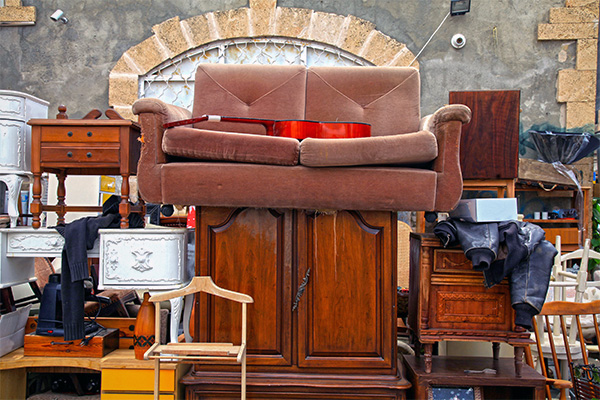When embarking on a job that needs a dumpster, the size you select can greatly influence its efficiency and cost-effectiveness. Think of having the ideal container that accommodates all your waste without being exceedingly huge or too tiny. It all beginnings with recognizing the nuances of your project and selecting a dumpster size that straightens with your specific demands. So, prior to you choose, take into consideration the aspects at play to make sure a seamless waste monitoring procedure throughout.
Factors to Take into consideration
When picking the ideal dumpster dimension, there are a number of key factors to take into consideration.
First, think of disposal bin rental of waste you'll be throwing away. Different materials might call for differing quantities of space, so comprehending what you'll be putting in the dumpster is essential.
Next, evaluate the quantity of waste you anticipate to produce. If you ignore the volume, you may require to make numerous journeys to take care of everything, which can be bothersome and costly. On the other hand, leasing a dumpster that's too big can cause unneeded expenditures.
In addition, think about the space where the dumpster will be positioned. Make certain there's enough area for the dumpster to be supplied and picked up with no blockages.
Lastly, consider any weight limitations that may apply. Going beyond the weight restriction can cause additional costs and even the refusal of service.
Dumpster Size Alternatives
For choosing the appropriate dumpster dimension, it's essential to have a mutual understanding of the offered options. Dumpster dimensions commonly vary from 10 to 40 cubic backyards, with variants in between.
A 10-yard dumpster appropriates for small tasks like a garage cleanout or a little restoration. If you're tackling a medium-sized task such as a kitchen area remodel or a basement cleanout, a 20-yard dumpster may be the best option.
For bigger projects like a whole-house improvement or industrial building, a 30 or 40-yard dumpster could be better to fit the volume of waste generated.
When deciding on a dumpster size, take into consideration the quantity and type of debris you anticipate to deal with. It's far better to pick a somewhat larger size if you're unclear to stop overfilling. Keep in mind, it's more economical to lease a dumpster that fits your demands instead of needing to buy an additional one.
Matching Size to Job
Optimally matching the dumpster size to your job is critical for reliable waste administration. To determine the right size, consider the scope and nature of your task.
For little family cleanouts or restorations, a 10-yard dumpster might be adequate. https://cashmalxg.idblogz.com/30870910/discover-the-covert-rewards-of-using-a-junk-removal-service-for-your-cleanup-there-s-a-whole-lot-greater-than-what-shows-up-externally are generally 12 feet long and can hold around 4 pickup lots of waste.
For larger projects like renovating several rooms or cleaning out a large estate, a 20-yard dumpster could be better. These are around 22 feet long and can hold about 8 pickup tons.
If you're taking on a major building and construction job or commercial restoration, a 30-yard dumpster could be the very best fit. These dumpsters are about 22 feet long and can fit about 12 pickup tons of particles.
Matching the dumpster size to your task ensures you have sufficient area for all waste products without paying too much for extra ability.
Final thought
In conclusion, selecting the appropriate dumpster size for your task is crucial for effective garbage disposal. By thinking about https://waste-management-dumpster44333.digitollblog.com/30152996/how-to-set-up-your-website-for-an-effective-dumpster-rental like the type and quantity of waste, area accessibility, weight restrictions, and spending plan restrictions, you can guarantee you have the appropriate dimension dumpster for your needs. Ensure to match the dimension of the dumpster to the scope and nature of your task to avoid overspending on unneeded expenses.
